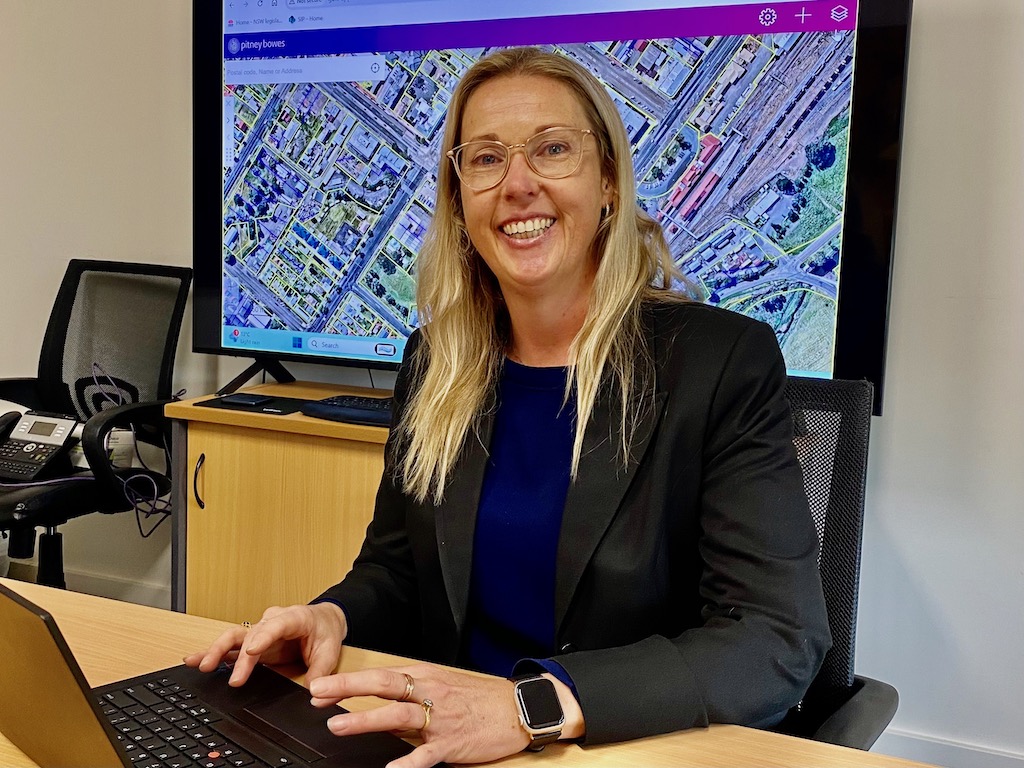
Overseeing three business units of planning and development at Goulburn Mulwaree Council, Stephanie Mowle looks back on her professional journey, being inspired by her parents and as a young adult by the built form creating social connections for people. Photo: John Thistleton.
As a young girl Stephanie Mowle followed her father Peter, a fanatical bushwalker, down the Shoalhaven Gorge and onto air beds to ride rapids.
Back then Stephanie had no notion of following her father into local government.
But that is exactly what has happened. Peter headed up Goulburn City Council’s engineering department and now Stephanie finds herself in a senior planning role in the same council that has changed as swiftly as those rapids.
Peter and his wife Marilyn would take their four children camping or hiking to Tallong, Wombeyan Caves, Bungonia, Wee Jasper, the Blue Mountains and for huge road trips to Uluru and Cairns. They loved to travel. They went to Japan, China and Europe.
They were in the thick of community events – cleanups for Australia Day, tree planting and mowing around their church and presbytery. All the while the connection between the environment, community and the then Goulburn City Council became more apparent to their children.
“I didn’t realise until becoming an adult that that was his escape,” Stephanie said, reflecting on Peter’s bushwalking and voluntary work. “I suppose it was his mental health. They do talk about how good it is outdoors for you, whether it is the air, the feelings associated with being outdoors, but also the physical activity and how that helps with stress and mental health.
“Looking back, the values we had and what Dad and my mother instilled in us was probably why I ended up here,” Stephanie said. High on Peter’s council agenda was addressing a lack of water. That issue has been resolved, and now, high on his daughter’s priorities is accommodating a growing population.

Peter Mowle with his daughter Stephanie. His varied community interests reverberate around Goulburn today, while his daughter continues on a different professional path with the council her father served on for 36 years. Photo: Mowle family collection.
The city’s expansion may not be obvious on the surface, much like a slow-moving river, but suddenly a surge of new homes spreads rapidly over the hills on the city’s northern fringe.
Planners set the housing parameters on these new suburbs, then step back as private certifiers move in, checking the new homes meet those guidelines. “A private certifier can issue a complying development certificate with no planning involvement through council and no certification,” Stephanie said.
“Say at Mary’s Mount, if we approve a subdivision of 300 lots, and each lot is expected to have a dwelling on it. If you have 15 standards – this much distance from the front boundary and the side, this percentage of landscaping, etc – and you can tick all those boxes then in 10 days you get your approval and off you go. That’s where council wants land that is zoned for a purpose for the development to be streamlined.”
Private certifiers have been issuing the majority of complying development certificates for several years. Over the past five years in Goulburn they have issued 87 per cent of them, the council issuing the remaining 13 per cent. (The ratio in Sydney is even higher for private certification).
Stephanie says the rate of change in planning laws is amazing, especially as a consequence of COVID-19, in an attempt to maintain momentum in development. Yet NSW still has a housing crisis and industry-wide shortage of planners. Consequently planners are likely to see even more changes to regulations.
In the meantime, the NSW Department of Planning is continuing to offer a regional “flying squad” of planning staff to assess time-consuming residential applications for the under-resourced councils. These applications could include two dwellings on the one block of land, or multi-units, or industrial or commercial applications. They’re more complicated than a single dwelling in a new subdivision.
“We have about six applications sitting with the flying squad at the moment,” Stephanie said.

The latest subdivision preparations on Goulburn’s northern fringe. In these new suburbs, planning has been streamlined with private certifiers following preliminary guidelines set by the council’s strategic planning staff. Photo: John Thistleton.
The new measures have not sidelined the council or the community from planning Goulburn’s future development. The council is now asking people to comment on infill development in the central business district and has consulted with Goulburn Heritage Group on safeguarding the city’s unique character.
More consultation will follow at later stages before proceeding with increased density and building heights. Stephanie says consultation is crucial to understand what the community values and what its expectations are, which can lead the subsequent policy.
“Once the policy is introduced, the planning team assesses applications against that policy. So, the community has the biggest opportunity to shape development or the growth of the city and the region in that policy space,” she said.







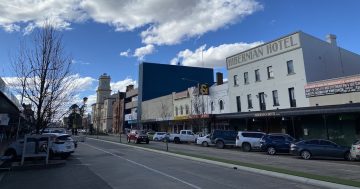
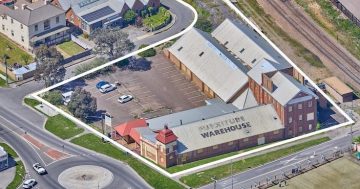




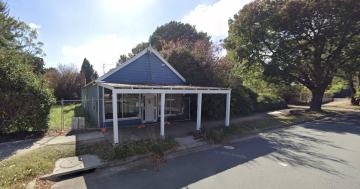
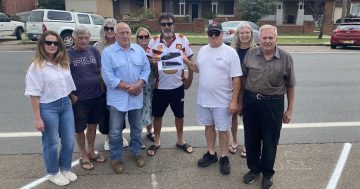


Plenty. Farmers complain about everything. They often complain they don’t get enough taxpayer… View